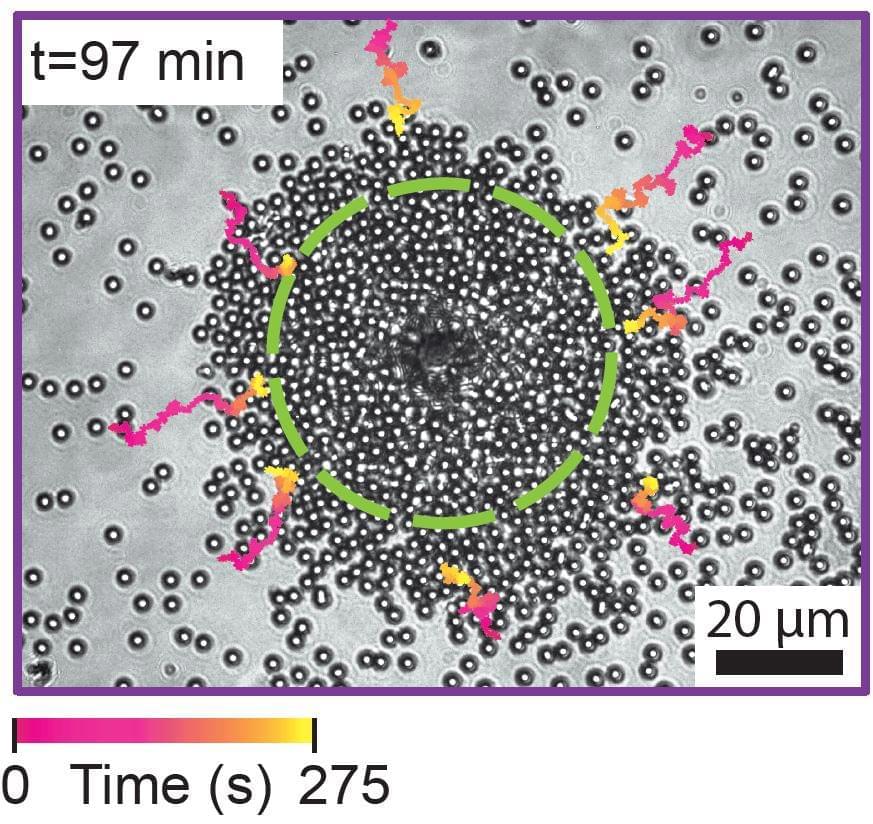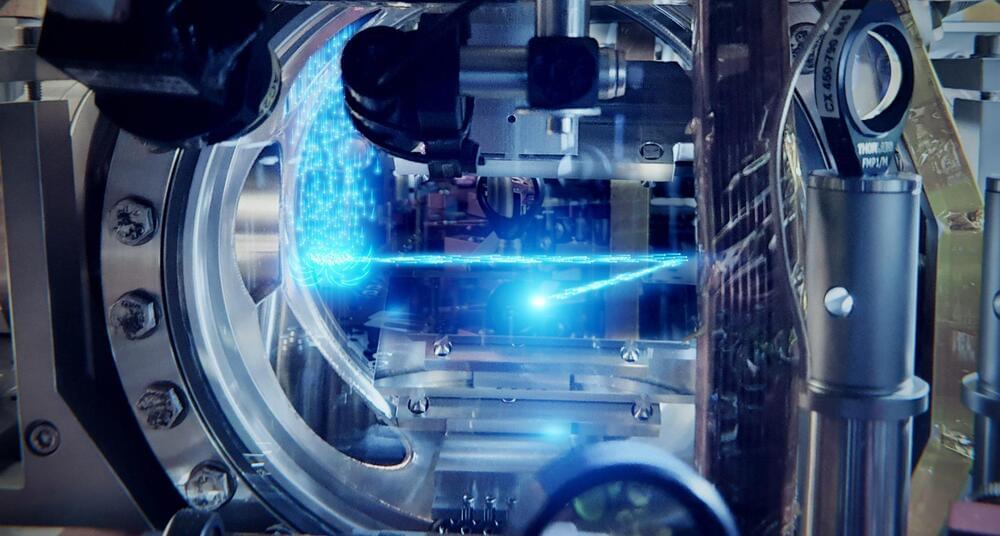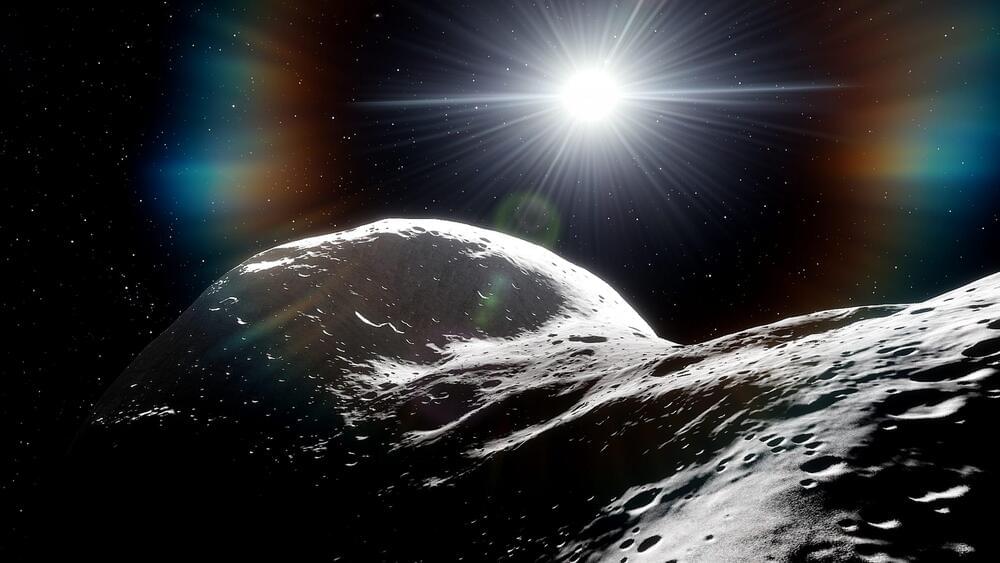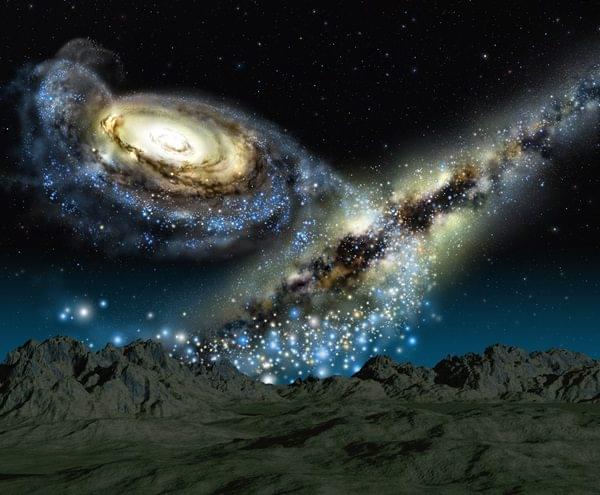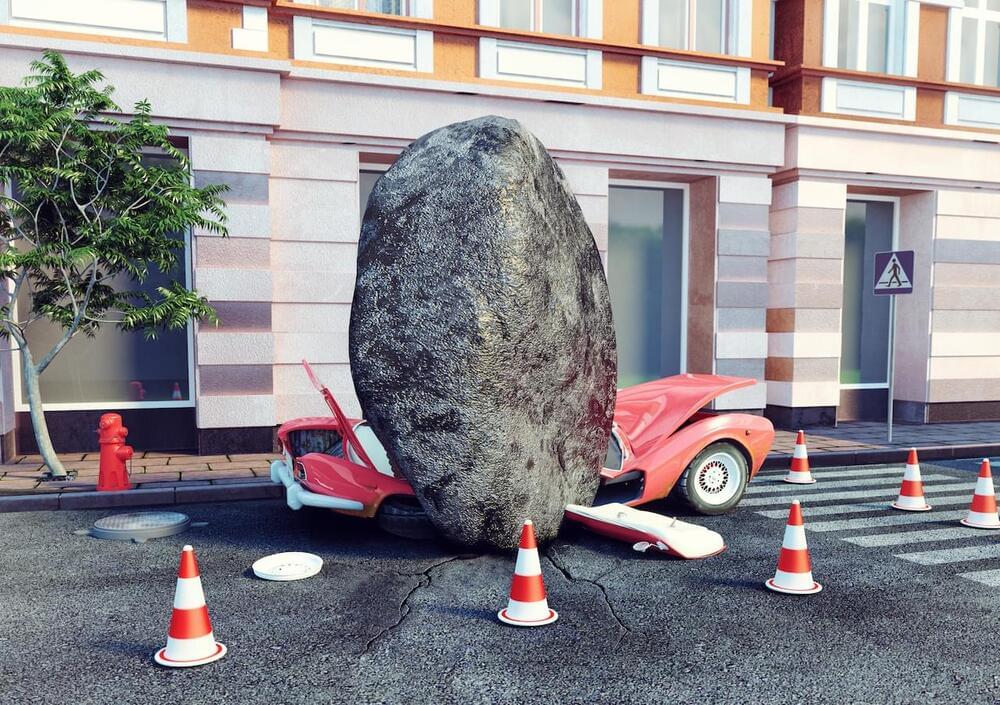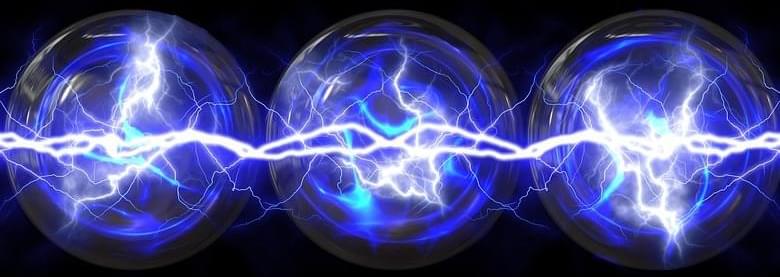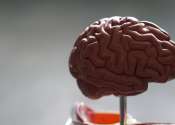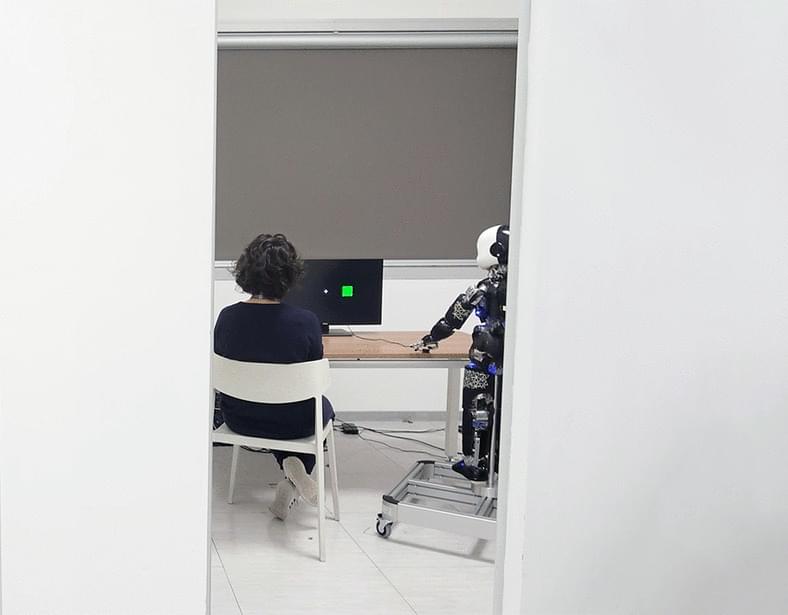Jul 29, 2022
“Life-Like” Lasers Can Self-Organize, Adapt, and Cooperate Like Living Systems
Posted by Dan Breeden in categories: biotech/medical, computing
Self-organizing lasers could lead to new materials for sensing, computing, light sources, and displays by mimicking features of living systems.
Although many artificial materials have advanced properties, they have a long way to go to combine the versatility and functionality of living materials that can adapt to their situation. For example, in the human body bone and muscle continuously reorganize their structure and composition to better sustain changing weight and level of activity.
Now, scientists have demonstrated the first spontaneously self-organizing laser device, which can reconfigure when conditions change.
